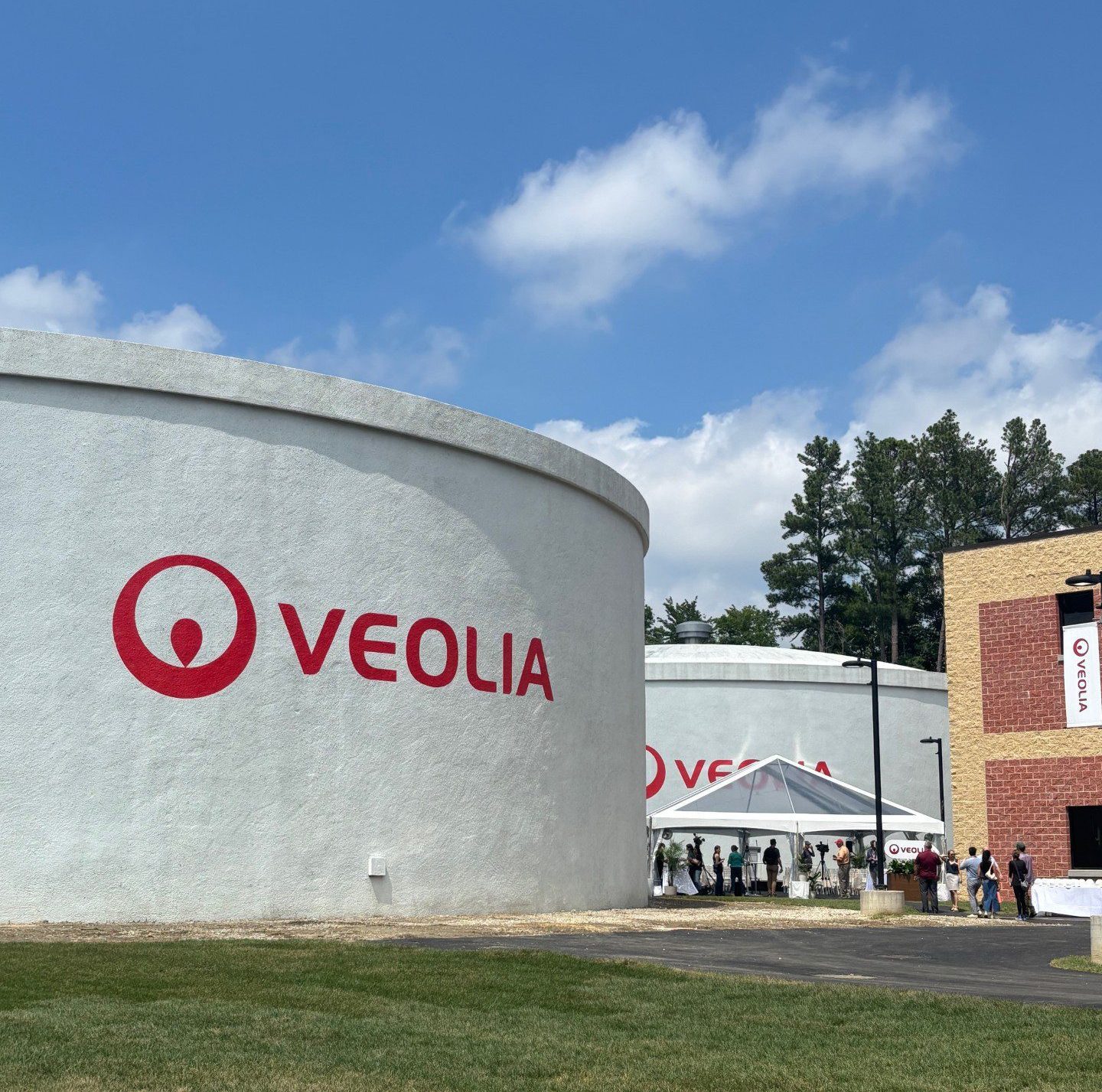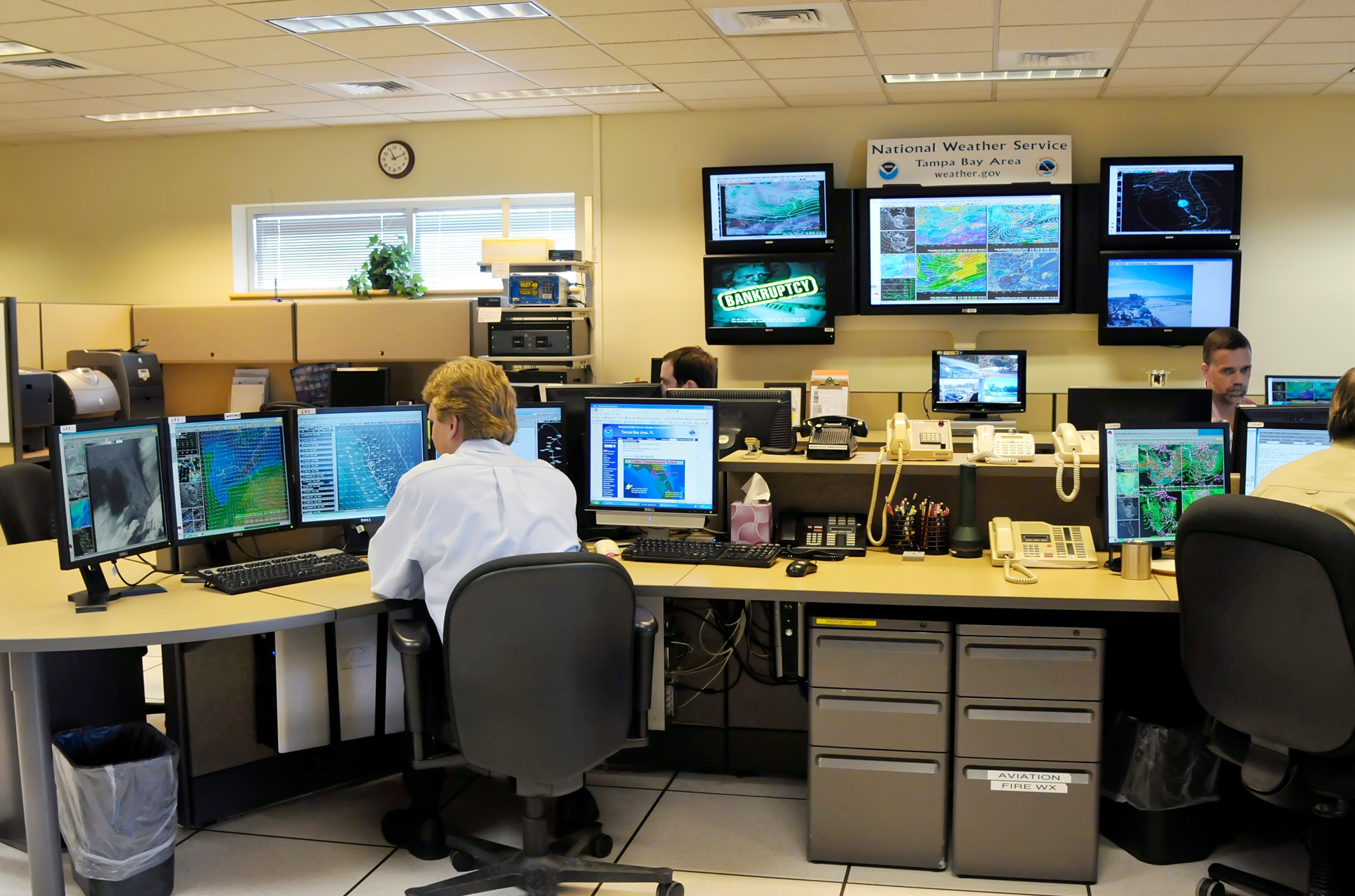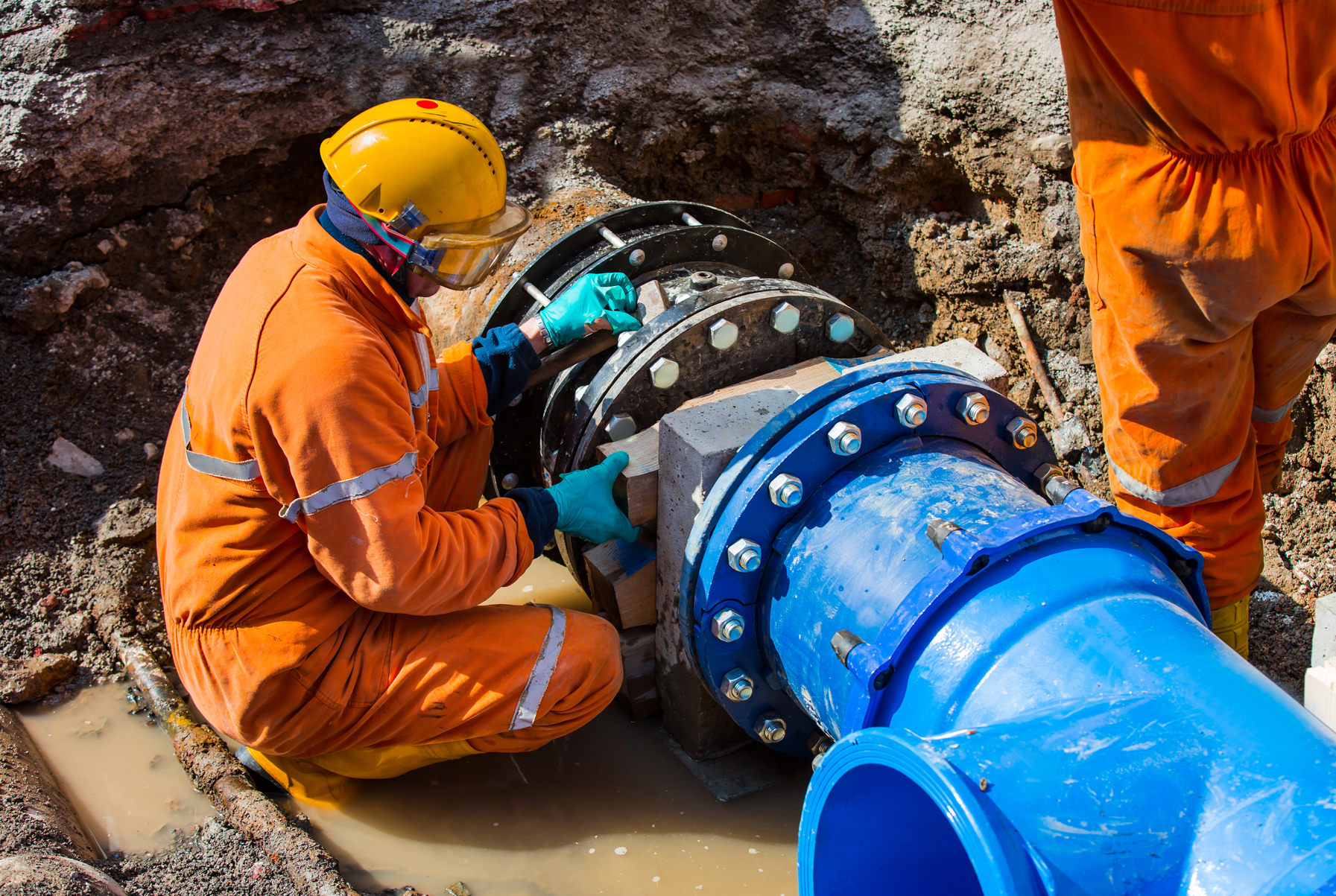
The Environmental Protection Agency (EPA) is tasked with regulating public water systems, big or small. Here we will focus on the 50,000 community water systems nationwide, which deliver the bulk of water for human use in the country. About 8 percent of community water systems meet the water needs of about 80 percent of the country (Table 1). The remaining 90 percent serve less than 10,000 people each, making their funding structures, development, and infrastructure repair needs unique compared to those that quenches the majority of our thirsts.
Table 1: Community Water System Size by Population Served
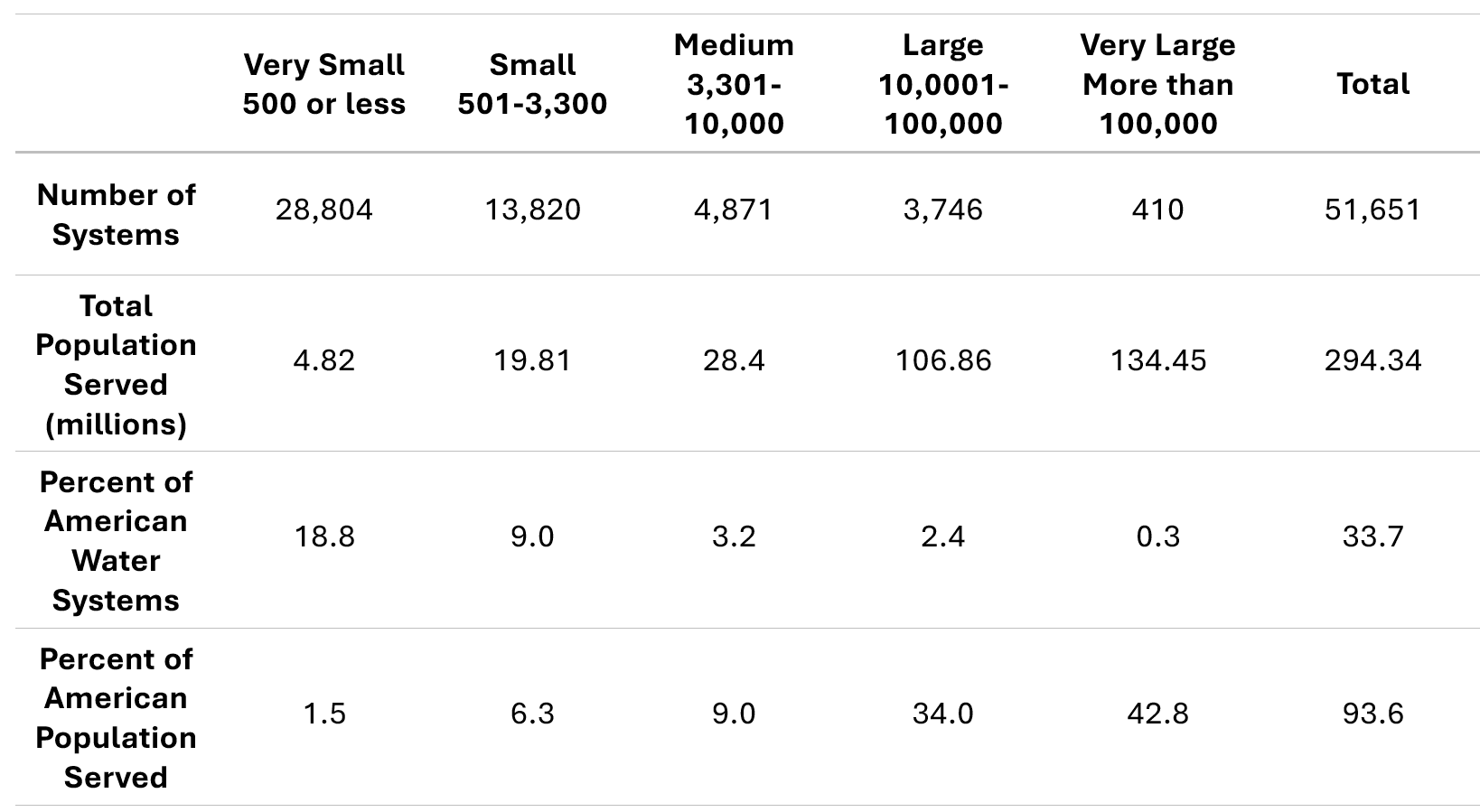
Source: Environmental Protection Agency, 2009
Small water systems often face considerable challenges when maintaining their infrastructure and meeting Safe Drinking Water and Clean Water Acts’ regulations. Since about 90 percent of an average water utility’s revenue comes from ratepayers, maintenance costs can be at odds with maintaining affordability. If the population a utility serves is very small and it is unable to pass rate increases through local government, then the water utilities are often working on a shoestring budget, according to state water directors as reported by the Wall Street Journal.
As a result, many small water systems have infrastructure in need of repair. The EPA estimates that distribution and transmission systems — or the pipes and infrastructure that deliver water between utilities, treatment plants, and our homes — have a “useful life” or 35 to 40 years; in 2020, the average age of a pipe was 45.
The EPA reported in the 2021 7th Drinking Water Infrastructure Needs Survey and Assessment that the 20-year need for infrastructure funding across the United States (including the District of Columbia and its territories) amounts to $625 billion — a 14 percent increase from the 6th assessment (Figure 1).
Figure 1: Total 20-Year State Need for Community Water Systems by Infrastructure Category
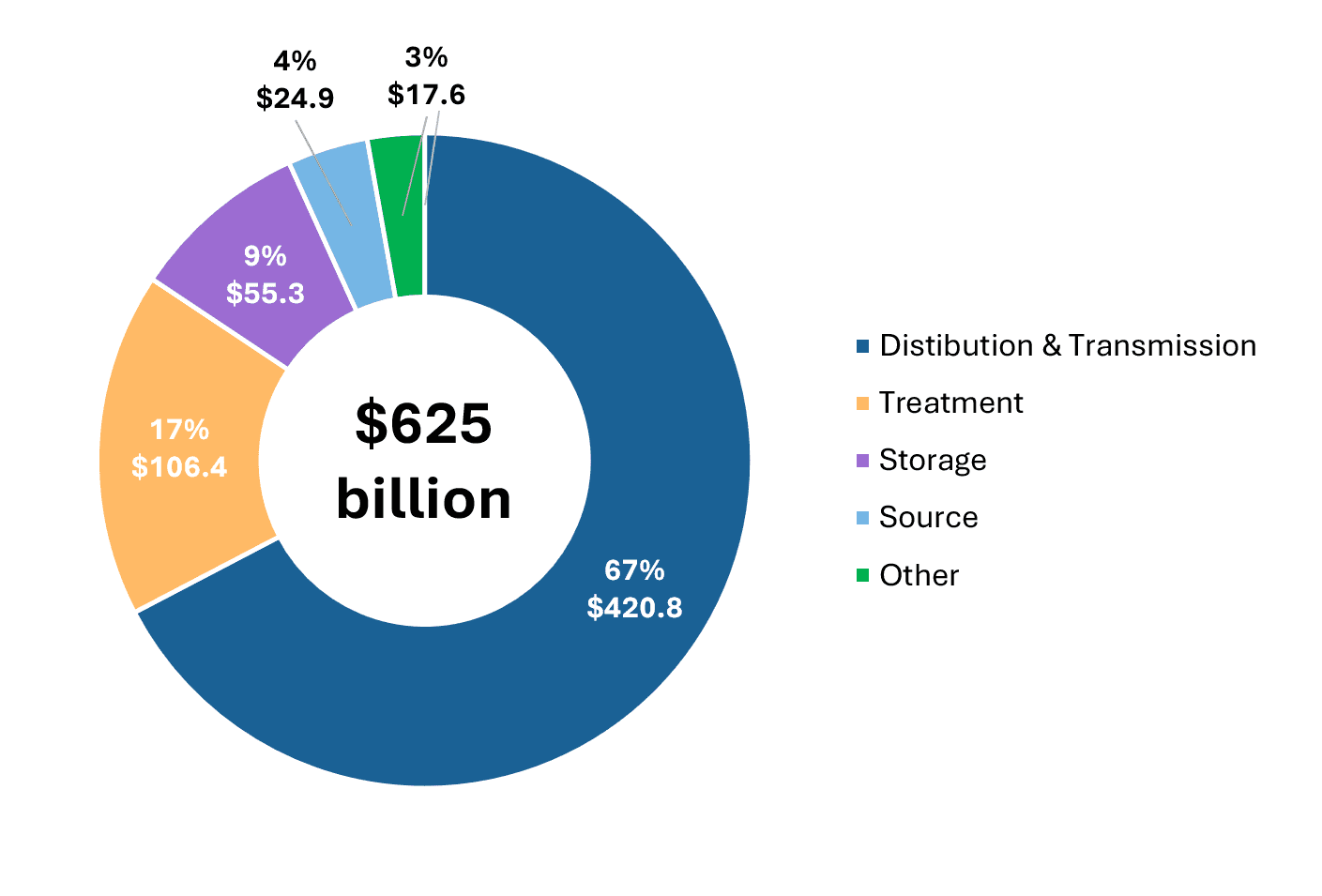
Source: Environmental Protection Agency, 2021
Two-thirds of the overarching sum must be directed toward replacing or remediating water distribution and transmission systems. Per capita infrastructure needs are disproportionately higher for small water systems (Table 2).
Table 2: Community Water System Infrastructure 20-Year Need by Size

Source: Environmental Protection Agency, 2021
Since the late 1980s, the Clean Water State Revolving Fund and the Drinking Water State Revolving Fund have worked to fill some of these infrastructure funding gaps. We explored this topic further in a previous digest.
However, the burden of paying for local water infrastructure has been primarily shouldered by municipalities. According to the Congressional Budget Office (CBO), overall federal spending on water infrastructure fell by almost 70 percent between 1977 and 2017. By 2017, total public spending on water and wastewater utilities was 96 percent supported by state and local government expenditures.
The Infrastructure Investment and Jobs Act (IIJA) sets out to change that, especially for small- and medium-size as well as rural water systems. In addition to bolstering the Revolving Loan Funds by $43 billion, IIJA funds five programs for small public water systems, including the Water Infrastructure Improvements for the Nation (WIIN), Small and Underserved Communities Emerging Contaminants Grant Program, funded at $5 billion.
WIIN provides competitive grants to states, territories, and Tribal nations to bridge their gaps in funding to meet Safe Drinking Water Act (SDWA) requirements. In order to be eligible for the small and underserved program, a community must be underserved, small and disadvantaged according to definitions in the SDWA. Qualifying projects include treatment, transmission and distribution, source, storage, the creation of new water systems, and more.
There is a particular focus on household water quality testing, including for emerging contaminants, as well as strengthening responses to water contamination — both of which are water treatment activities. In our next digest, we will dive into water treatment technologies, techniques, and activities, and how federal funding is supporting water and wastewater treatment.
